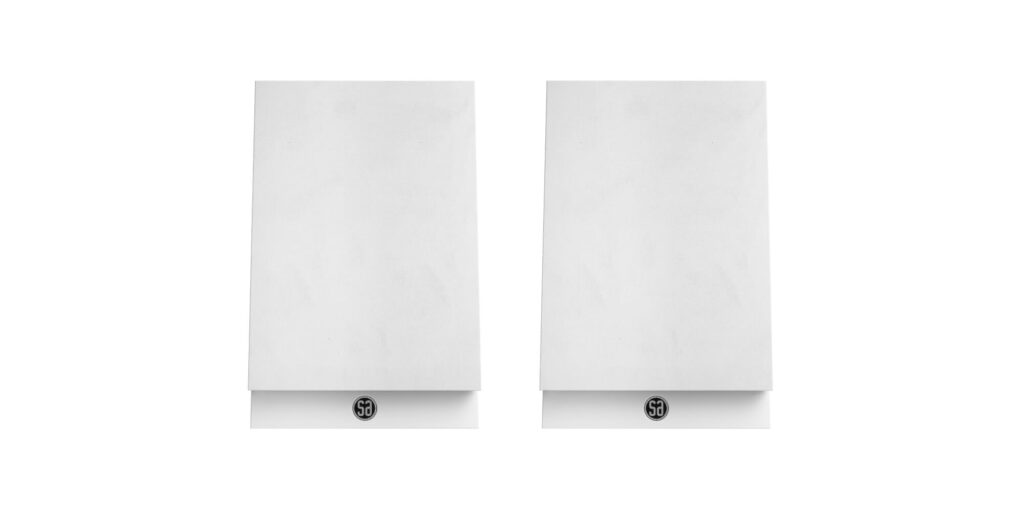About us
A different story since 1984
The year was 1984. Back then, speakers had to be gigantic and technically complicated....
System Audio introduced its first loudspeaker here, and the press wrote in amazement: "This loudspeaker sets new standards". It wasn't a speaker like any other, because it was a compact speaker with big sound. A speaker created in fascination with the music - not just the technology. A speaker that showed a new way.

Ole Witthøft, Founder and Head of Development
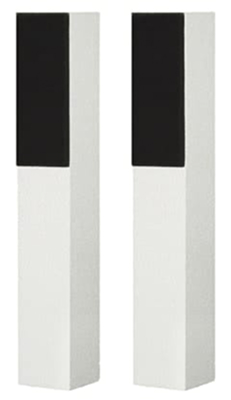
One of the first speakers from System Audio was the System 2.

SA is used in private homes, studios, theatres, TV stations and film studios. Pictured is SA2K from the year 2000.
A company with soul
It was Ole Witthøft who founded System Audio A/S in 1984. He had long been looking for some really good speakers, and as a musician he knew what music should sound like.
…Ole explains, “There were no speakers that could reproduce music in a lively way. Most of them sounded boring and unnatural. When the sound is so bad that you can’t hear the details or sense the mood, you may never realise how exciting music can be. I wondered why speakers were competing for the best technical data when it’s the sound that matters.” So he decided to build his own speakers. Within a few years, the demand for Ole Witthøft’s loudspeakers grew, and in 1984 System Audio A/S was a reality. Today, Ole Witthøft is leading the development work, and is constantly working to ensure that SA continues to show new ways.
The difference can be heard by anyone
SA speakers are sold almost all over the world. Our customers are people who love great sound for music and movies, but also record companies, TV stations and musicians of all ages. Ole Witthøft explains, “Our speakers are not just for experts, because all people have the ability to appreciate good sound. Our job is to make the difference so that everyone can hear it.”
A company with opinions
We don’t want to add to the confusion that speakers are just about technology. For SA, it’s obvious that quality should be in the sound and the speakers’ ability to be a natural piece of furniture in the living room.
A confusing industry
When you meet the audio industry, most will tell you that your system must be made in the Far East, the plastic speakers come almost free, and the price of such a system is equivalent to the price of a good pair of shoes. Others will tell you to listen to the music on your computer because it’s “good enough”. Some will tell you that speakers are about design because you can’t hear the difference anyway. You’ll be advised to read hi-fi magazines where “journalists” elevate their personal ideas to truth.
They will tell you that sound is a very complicated matter and to understand the subject you need to read a hi-fi magazine. Some will tell you that speakers cost a year’s salary and require you to rebuild your living room or house. Almost everyone will tell you that you should take an interest in engineering, because that’s where the real difference in speakers lies. SA does not approve of any of these attitudes. We are a company that does not have its roots in the audio industry. We don’t want to add to the confusion. Rather, we want to contribute to understanding.
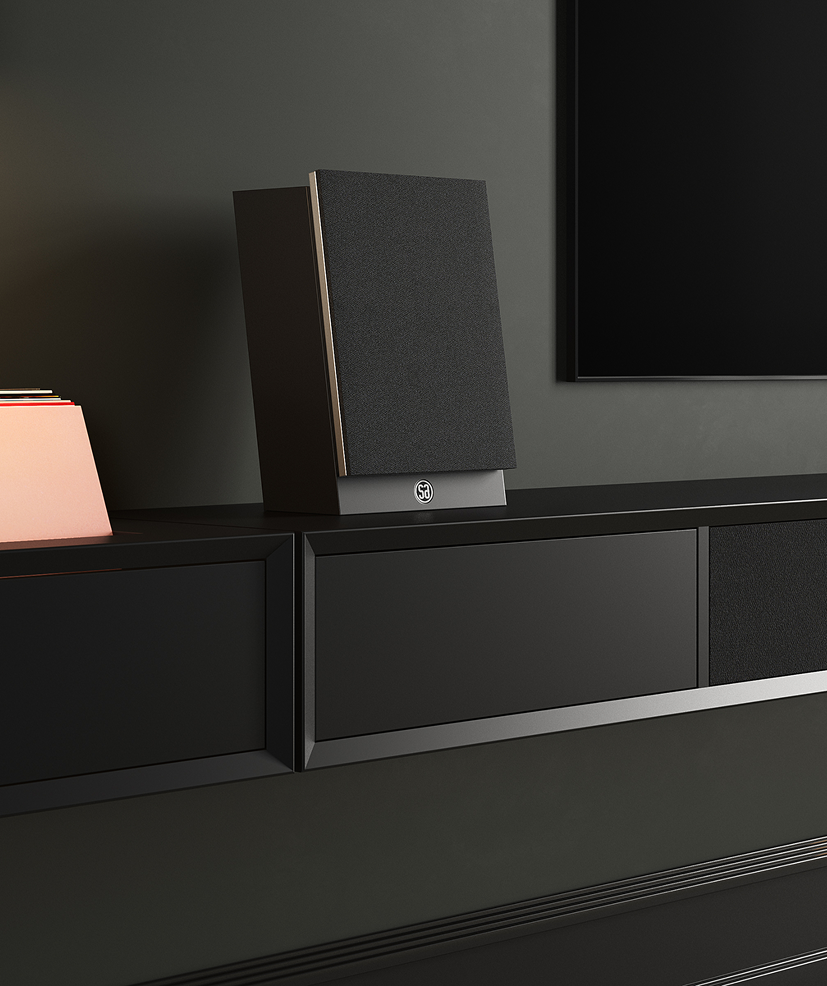
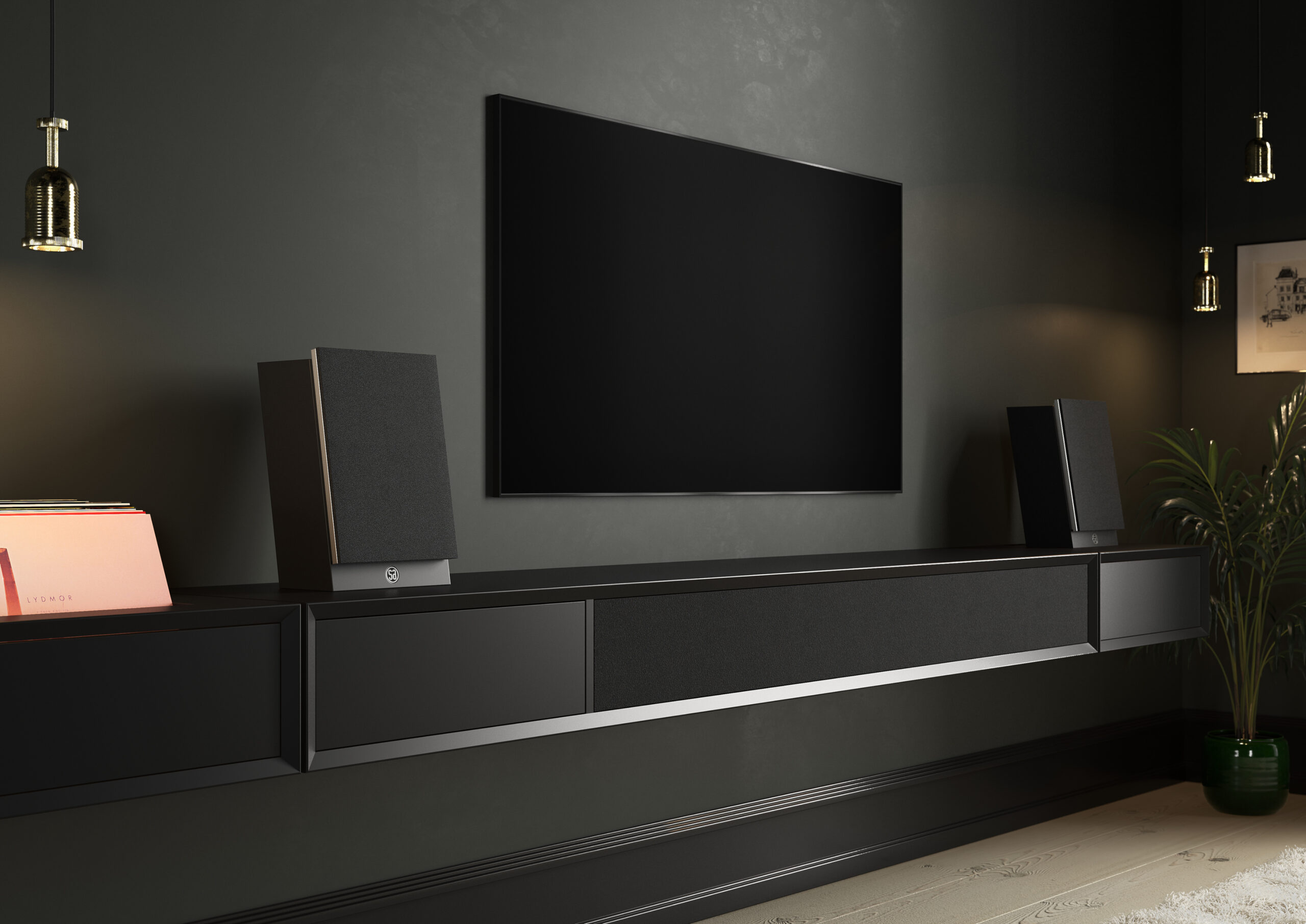






MEET THE COMMUNITY
Come listen with us and our community
Our speakers are designed to fit rooms big and small, and are beyond simple to use and setup
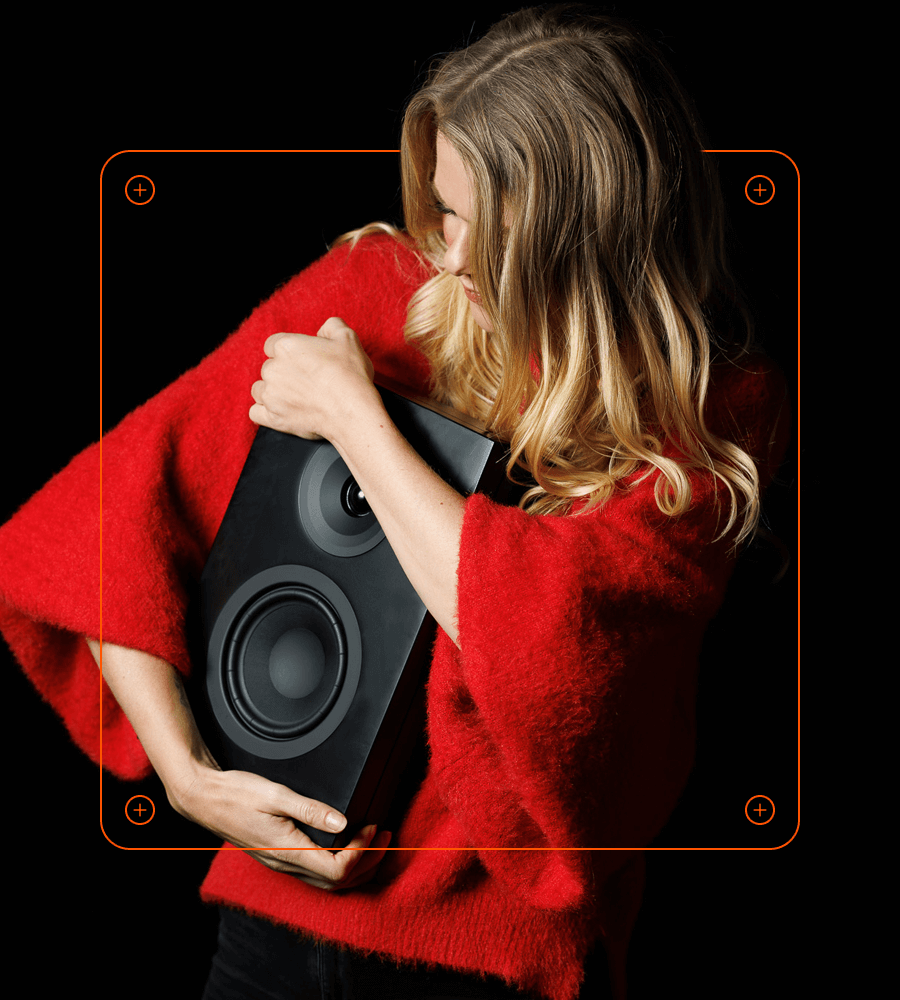
Sound & Design
Sound transcends words, evoking emotion, creating memories, and transforming experiences—like turning a movie into magic.
Design, on the other hand, shapes how things work in the real world. At System Audio, we merge these two languages, crafting speakers that deliver exceptional sound while seamlessly fitting into your life and space.
Sound is a universal language
We know that all people have the ability to appreciate good sound. It’s a human trait. Young children enjoy music before they can read and write! You only need to listen to an orchestra for a few seconds to judge whether the musicians want to play today or whether the spirit is lacking. Music follows us throughout life, amplifying and emphasising moods, and helping to hold memories. Music is understood and used by all peoples and can express opinions and feelings where words alone cannot. And if you’ve ever tried to watch a film without sound, you’ll know that sound is at least half of the film experience.
Design is a universal language
It’s wrong to think that design is just a way of packaging a product. It’s not that simple. We think of design as the ability of a product to work in the real world. When we find that the acoustics in most living rooms are among the biggest obstacles to achieving good sound, it’s the design in our speakers that makes them less affected by room acoustics. It may be electro-acoustic design, but it’s still design.
If we didn’t care about electro-acoustic design, we’d just expect you to change your living room when you bought speakers. Design is thinking about how the product works best. And SA sees it as a task that incorporates the technical disciplines at the same time as form and colour. That makes our idea of design universal, because you can’t argue about whether a speaker should work in a room’s acoustics, because it should. Or whether the speaker should work with an amplifier, because it should.
Nor can you argue whether a speaker sounds better when placed prominently in the living room, as a central piece of furniture, because it does. The task here is to make the speaker beautiful enough to deserve a place among the other furniture. In other words, you can’t not design a product, because you have to have some idea. But you can make it difficult for the product to work in the real world. And that’s bad design. Design is a language. It is not spoken by those who have nothing at heart.
Stay tuned and stay inspired.

